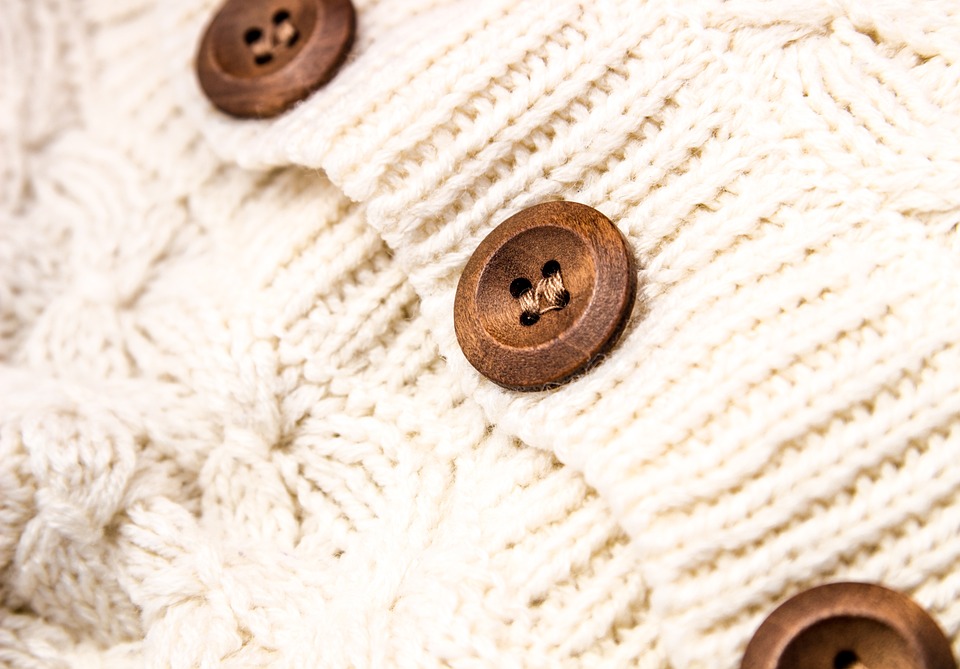Thread Care 101: How to Properly Store and Maintain Sewing Threads
Sewing threads are an essential part of any sewing project, and their quality and longevity can greatly impact the final outcome. Whether you’re a professional seamstress or an occasional hobbyist, knowing how to properly store and maintain your sewing threads is crucial for preserving their quality and preventing unnecessary frustration during your sewing sessions. In this article, we will guide you through the basics of thread care, offering tips on proper storage and maintenance techniques that will help extend the lifespan of your valuable sewing threads.
Proper Storage:
1. Keep threads away from direct sunlight: Exposure to sunlight can cause thread colors to fade and weaken their fibers. It is best to store your threads in a dark and cool area to prevent any damage.
2. Avoid extreme temperatures: Like sunlight, extreme heat or cold can negatively impact the quality of your threads. Keep them away from radiators, vents, or any place that can have extreme temperature fluctuations, as this can weaken the thread’s strength.
3. Organize your threads: Keep your threads neatly organized to prevent tangles and knots. Consider using a thread rack, thread box, or a dedicated drawer system to store your threads, ensuring easy access and preventing unnecessary entanglements.
4. Protect from dust and dirt: Threads are susceptible to collecting dust, dirt, and other debris, which can affect their performance. Store them in containers with lids, or use thread spool cases or individual thread organizers to keep them clean and free from contaminants.
Maintenance Techniques:
1. Avoid excessive handling: Excessive handling can lead to oil transfer from your hands onto the threads, which can attract dust and decrease the threads’ quality. Minimize touching the threads as much as possible.
2. Clean sewing machine and thread path regularly: If you notice lint or debris building up in your sewing machine’s bobbin area or thread path, it is crucial to clean it regularly. Accumulated lint can transfer to the thread during sewing, affecting both its appearance and strength.
3. Proper tension adjustment: Incorrect tension settings on your sewing machine can cause unnecessary stress on the thread, leading to breakage or uneven stitches. Before starting a new project, check and adjust the tension according to the fabric and thread you are using.
4. Store thread ends properly: When you finish using a thread, do not leave loose ends hanging around. This can lead to unraveling, tangling, and mingling with other threads. Cut the thread ends neatly and secure them, either by tying or using thread spool huggers or bobbins.
5. Regularly assess thread quality: Over time, threads can become brittle, weak, or discolored, decreasing their performance. Before starting a new project, give your threads a quick visual inspection to ensure their quality. Discard any threads that show signs of damage or degradation.
By following these simple thread care tips, you can preserve the quality and strength of your sewing threads, making them last longer and perform better. Remember that proper storage and maintenance are essential for ensuring smooth and frustration-free sewing sessions, allowing you to focus on the creative joy of your projects rather than dealing with thread issues. So, invest some time and effort in maintaining your valuable sewing threads – your projects will thank you!

